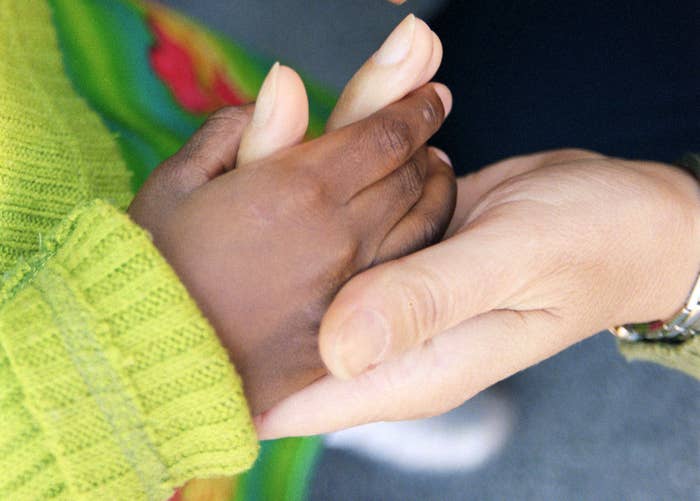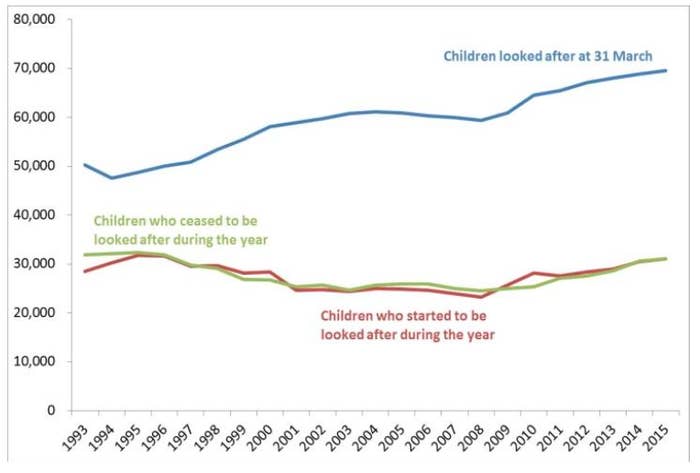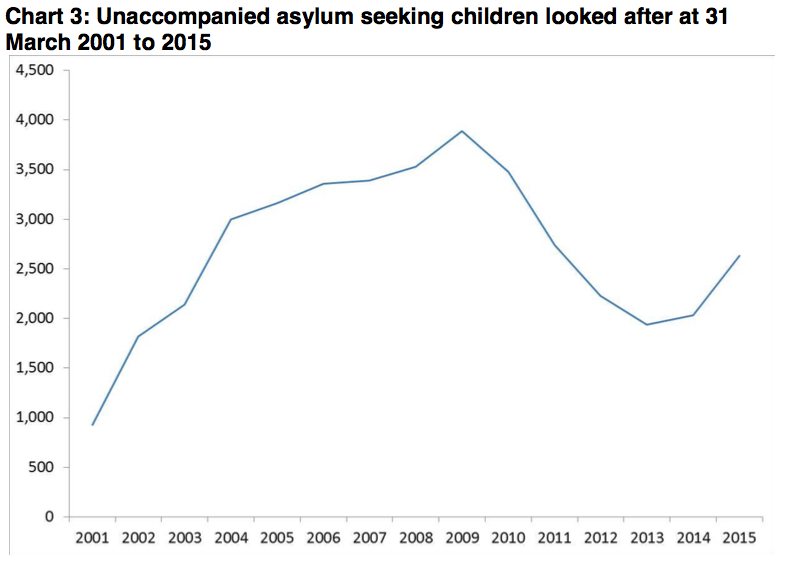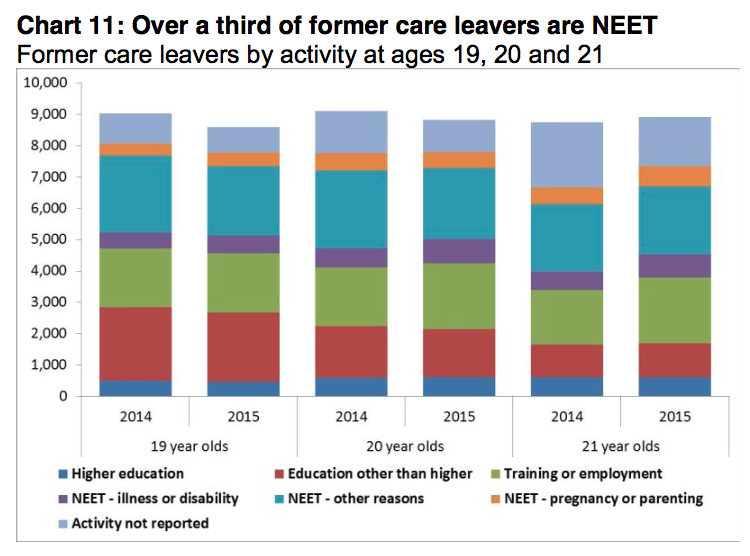
The number of children in England's care system – which includes foster care, residential homes, and other placements – has risen for the seventh year running, hitting its highest level since 1985, figures released today show.
The number of children in the care of the state hit 69,540 by 31 March, an increase of 1% on the year before, the Office for National Statistics data shows.
The overwhelming majority were placed with foster carers, with relatively small numbers in secure accommodation, care homes, or hostels.

The data also showed a sharp rise in the number of children in the care system who had arrived in the country as unaccompanied child asylum-seekers, though these remained a small portion of the total.
Around 2,600 of the 69,500 children in care were unaccompanied asylum-seekers, a 29% increase since 2014 – reflecting concerns from multiple human rights organisations that Europe's current refugee influx has an unusually large portion of children travelling without a parent or carer.
However, such children still made up only a small minority of those in care in England – just 4% of the total – and the number of child asylum-seekers in care is still considerably lower than its 2009 peak, when close to 4,000 such children were in the care system.

The new figures are set to reignite the debate about pressures on the care system, which is funded directly by local councils and faced sharp funding cuts over the course of the previous government, and is also braced for more during the current spending review.
The figures also reflect the often difficult prospects for those who leave the care system as they become adults, with such young people far less likely to be in employment or higher education than their peers.
Of care leavers aged 19, 20, and 21 on 31 March, 39% were not in education, employment, or training of any kind, 23% were in employment or training, and just 6% were in formal higher education.

The NSPCC said one reason for the increase of those in care might be that people were more on the lookout for signs of child abuse.
"These statistics may paint a bleak picture but they also illustrate how the authorities are taking action to protect children from abuse once concerns are raised," a spokesperson said. "We know more people are looking out for signs of child cruelty as calls to our helpline have more than doubled in the last five years.
"Care is a vital part of our child protection system. But more needs to be done to ensure that all children in care are healthy and safe, have the same opportunities as their peers and can move successfully into adulthood."
